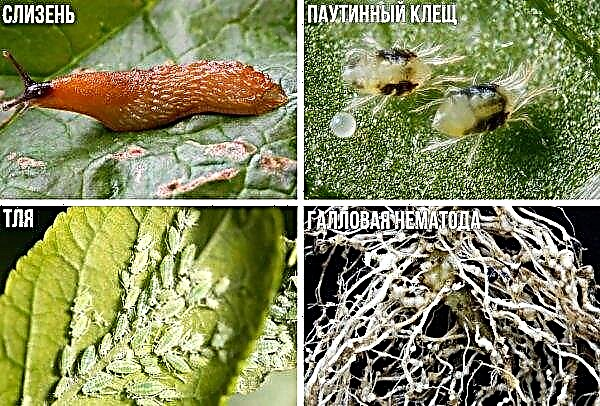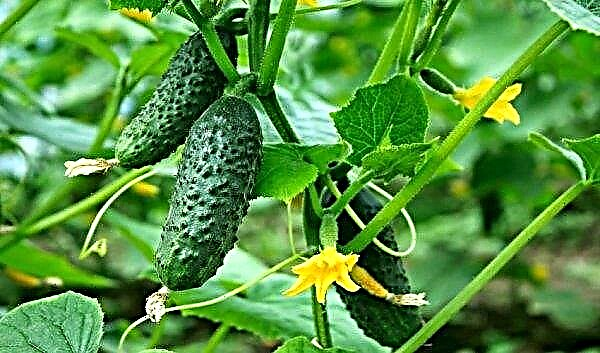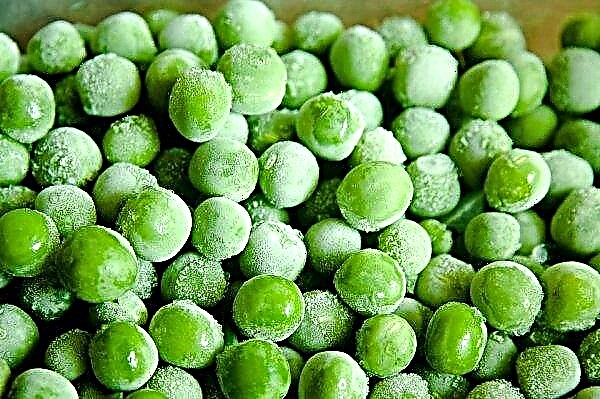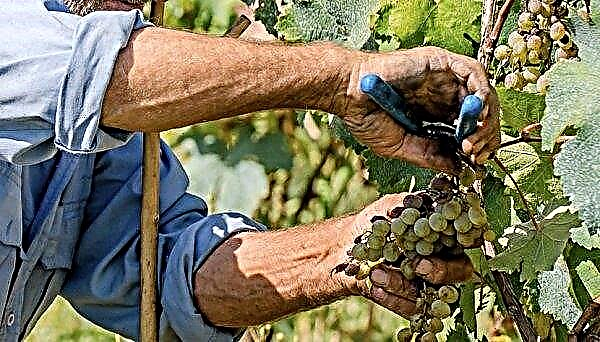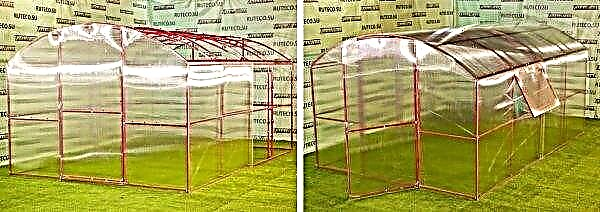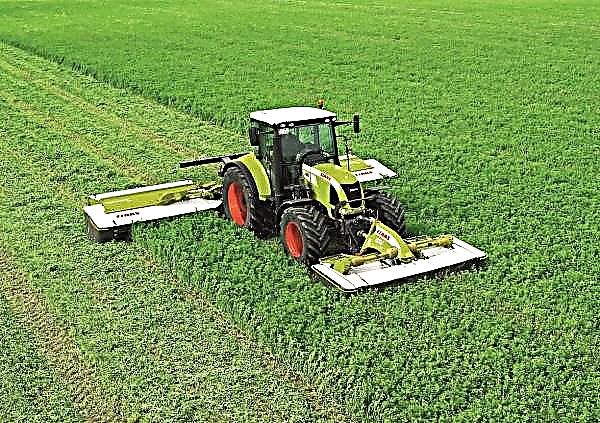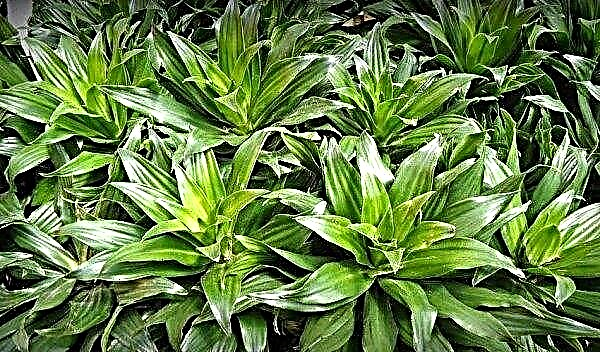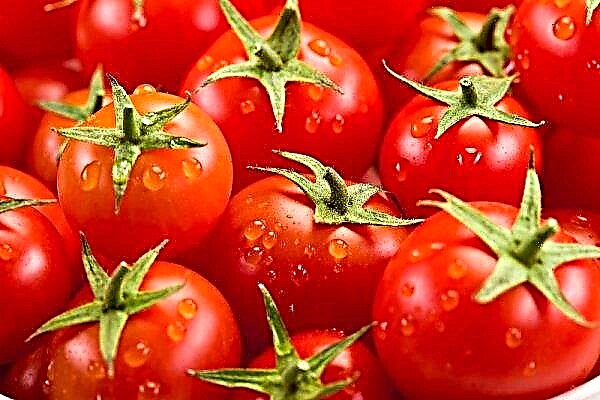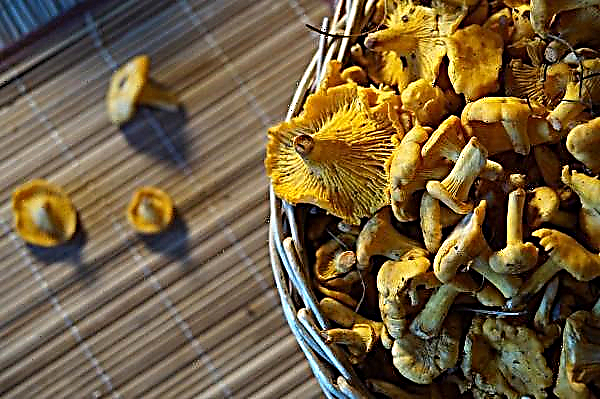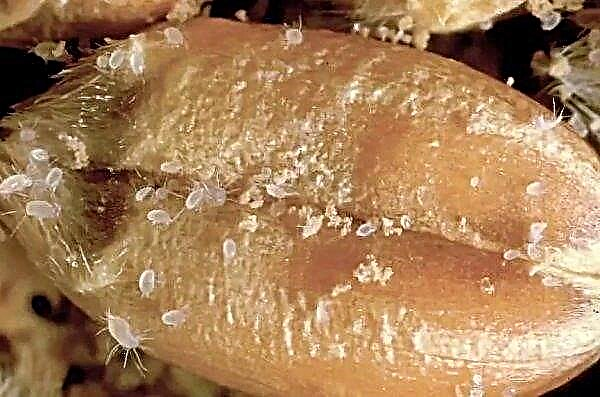Each gardener more than once faced with such a problem as the appearance of rot on tomatoes. This disease has many varieties, but for some reason, many who see black spots on the fruits immediately think that their crop was hit by late blight and clutch at fungicides, forgetting that rot, for example, vertex, is similarly manifested. Therefore, in order not to sound the alarm ahead of time, you need to find out the nature of the manifestation of rot.
Key features
Vertex rot, although less dangerous, is just as bad for the crop as late blight. It is bacterial and non-bacterial. Each of the forms manifests itself in a special way.
Important! As a rule, tomatoes affected by non-bacterial rot ripen faster and crumble immediately. They can not be eaten in any form. You must immediately remove them from the field and burn.
The bacterial form is manifested as follows:
- a light green or grayish watery spot with no obvious boundaries at the top of the fetus;
- gradually the stain increases in size and acquires a brown hue;
- when there is an excess of moisture in the air or a sharp change of heat to rain, the stain gets wet (as it were poured);
- over time, the flesh under the stain softens and the fruit turns into a shapeless rotten mass.
 Signs of non-bacterial rot:
Signs of non-bacterial rot: - the appearance at the top of green or brown fruits of the third or second brush of a flat or slightly sunken spot of a dark green color;
- gradually the stain changes color to dun, then black;
- fetal growth retardation and deformation;
- drying and cracking of the skin.
Causes and consequences of occurrence
Usually, the disease manifests itself due to non-compliance with the rules for caring for the crop and is dangerous only by the loss of the crop.
Factors that can provoke the onset of the disease:
- high temperature in the greenhouse and lack of moisture;
- excess or lack of calcium;
- excess nitrogen;
- very high soil acidity;
- watering with cold water;
- sudden changes in weather conditions;
- the presence of harmful bacteria and microorganisms in the soil.
How to process tomatoes from rot in a greenhouse
The fight against vertebral rot should begin with the removal and destruction of the affected fruits and foliage.
After that, you can proceed to the treatment of folk remedies or drugs. 
Chemicals
The use of chemicals is necessary only if the disease is bacterial in nature. In another case, you can do more gentle means.
The most commonly used chemicals are:
- Fitosporin. The substance is diluted in water (10 g per 5 l) and diseased bushes are watered with the resulting solution. If the product is purchased in the form of a paste, then 3 tsp. on 10 l of water.
- Metronidazole. It is bred as follows: 2 tablets of 250 mg per 1 liter of water (for spraying), 1 tablet per 2 liters (for irrigation), 1 tablet per well (prevention during planting).
Did you know? Initially, metronidazole was used to combat trichomoniasis. Its antibacterial effect was discovered by chance, in 1962, when the bacterial was cured along with the main illness in the patient. Since then, the drug has received a wide range of applications for both humans and animals and plants.
You can save a plant from ordinary vertex rot by such means as:
- Calcium nitrate (helps to stop the spread of the disease). Divorced: 7-10 g per 10 liters of water. The mixture is foliar top dressing.
- Calcium chloride (for the same purposes): 30 g per 10 liters of water.
- Brexil sa (saturates the soil with calcium and boron). Required: 150-200 g per 100 liters of water. Watering is carried out with an interval of 15-20 days until the deficit of elements disappears.
Drugs that help the plant overcome the disease:
- Megafol (helps the bush absorb more moisture) - 150-200 ml / 100 l. A tomato is fed with a mixture every 10-15 days from the moment of planting in the greenhouse.
- Gumfield (protects the bush from weather changes) - the bush is watered with a 0.005-0.01% solution;
- Suite (accelerates ripening) - 1.5–2.5 l / ha for spraying on the leaf 5–7 days before the ripening of the crop.

Folk remedies
Among folk methods of combating the disease, the following are most often applicable:
- Wood ash - 1 tbsp. ground ash is poured 1 liter of boiling water and infused for a day. Then it is expressed, diluted with tap water up to 10 l and used for spraying.
- Soda solution - 20 g of soda per 10 liters of warm water. He processes the bushes weekly.
- Oak bark - 5 g is poured with a small amount of water, brought to a boil, boiled for 10-15 minutes, cooled and decanted. The resulting broth is diluted with water to 10 liters before use. They irrigated tomatoes.
Preventive measures
It is impossible to completely get rid of vertex rot. You can only slow down or pause this process.
Therefore, it is better to carry out prevention, which contributes to:
- regular and proper watering;
- timely application of fertilizers in the optimal amount;
- prevention of soil salting;
- maintaining humidity in the greenhouse at the proper level;
- temperature control;
- timely garter bushes;
- soil acidity control;
- timely removal of affected fruits;
- maintaining the mineral balance in the soil.
Did you know? The Chinese grow 16% of the world tomato production.
Useful Tips
To grow tomatoes healthy and strong, follow these recommendations:
- Be sure to treat the seeds before sowing.
- To be cultivated and soil.
- Before planting seedlings in the ground, add ash to the hole.
- Mulch the soil so that it does not dry out.
- Water the plant in the evening to avoid excessive evaporation of moisture.
- Choose a plot with water-absorbing earth for planting tomatoes (adding peat and turf land will help to keep the wagon).
- Do not apply too much fertilizer before planting.
- Follow the tomato planting pattern so that there is no thickening.
- Ventilate the greenhouses regularly, especially in the heat.
- Shade plants with cover material or regular white cloth. Whitewash a glass greenhouse.

Apex rot resistant varieties
The program of preventive measures can include the planting of tomato varieties resistant to the disease.
These include:
- "Bolshevik";
- Raisa
- "Pharaoh";
- "Pandarose";
- Benito
- "White filling";
- "Snezhanna";
- Atlant;
- "Fatalist";
- Borodino
- "Oak".
Important! Do not choose cultivars that produce elongated fruits. On them, the signs of decay are almost invisible.
As you can see, vertex rot is a rather unpleasant disease, and if it is launched, it can deprive you of the crop. But when it is detected, there is no need to panic. It is necessary to take the measures described above to combat it. Then the crop will be saved.

